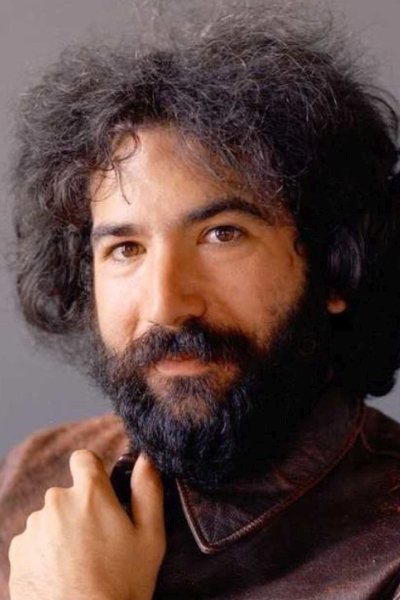
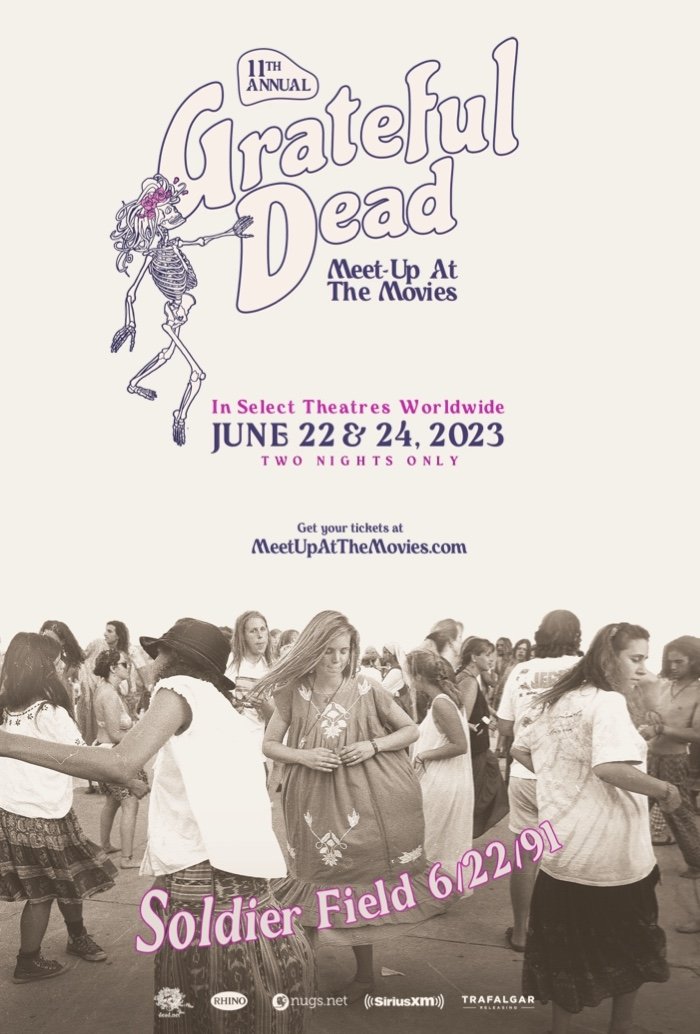
A year after Brent Mydland's passing, the Grateful Dead returned to the summer stadium circuit, playing Chicago's Soldier Field for the first time, with two keyboard players filling the seat Brent left vacant. Bruce Hornsby and Vince Welnick’s presence and musical contributions reinvigorated and revitalized the Grateful Dead, and the inspiration of the Dead's playing was palpable. On a Saturday night in front of 60,000 fans, the Dead played what is often considered one of the greatest shows of the Bruce-Vince era, up there with the second Giants Stadium show from a few days earlier. The Soldier field show was filled with favorites, including “Shakedown Street,”“Brown-Eyed Women,” “Playing In The Band,” “Terrapin Station,” and “Dark Star.” From the original six-camera video feed that appeared on the stadium's big screens and the pristine soundboard audio, Chicago 6/22/91 is an incredible performance start-to-finish.

The 37th Annual Rock & Roll Hall of Fame Induction Ceremony take place on Saturday, November 5, 2022 at Microsoft Theater in Los Angeles, California. This year’s Performer Inductees are Pat Benatar, Duran Duran, Eminem, Eurythmics, Dolly Parton, Lionel Richie, and Carly Simon. Judas Priest and Jimmy Jam & Terry Lewis will receive the Musical Excellence Award, Harry Belafonte and Elizabeth Cotten the Early Influence Award, and Allen Grubman, Jimmy Iovine, and Sylvia Robinson the Ahmet Ertegun Award.

This year we're celebrating the 50th Anniversary of the legendary Europe '72 Album, by bringing the previously unreleased Tivoli Concert Hall, 4/17/72 performance to the big screen.
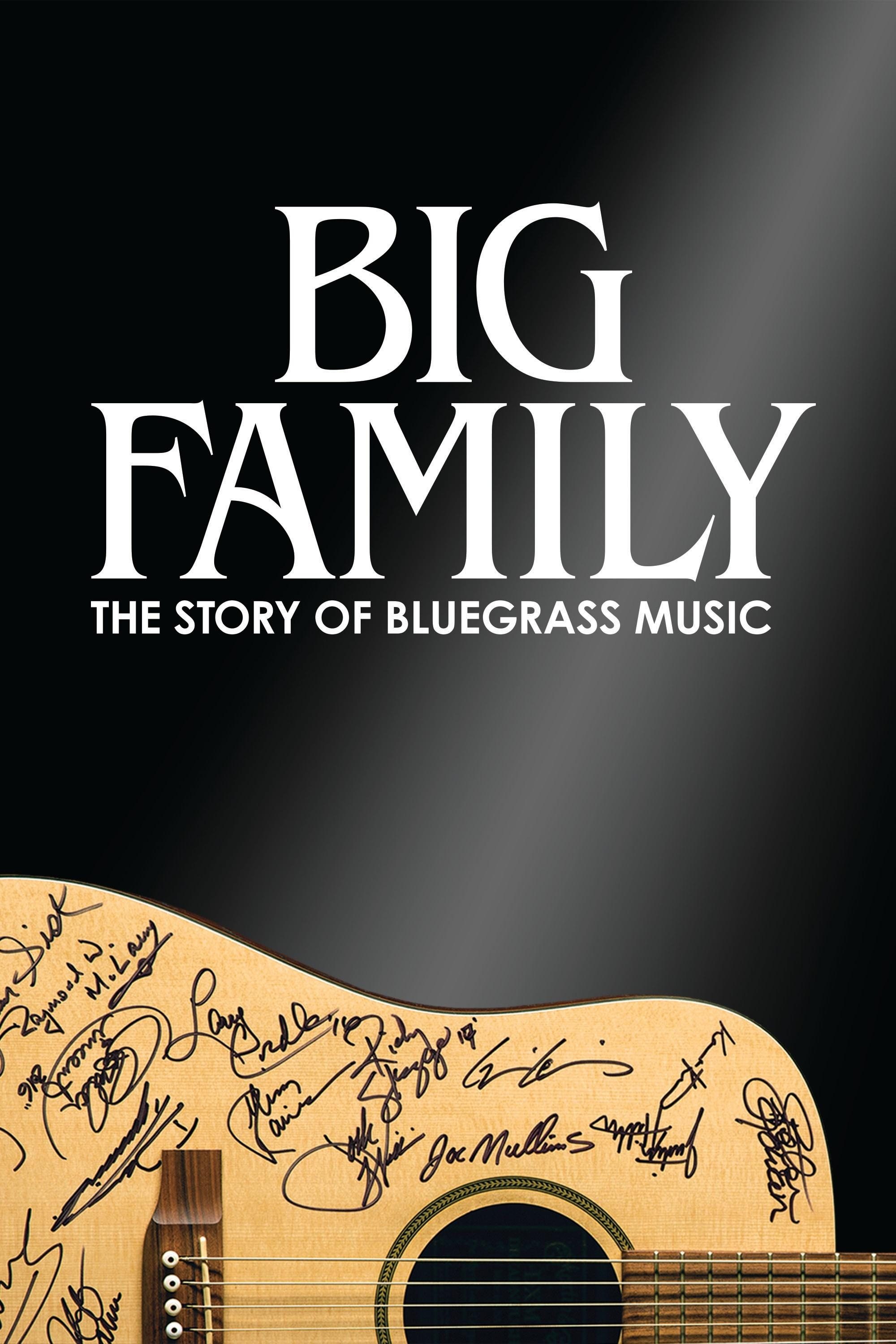
Examine the history of bluegrass music, from its origins to its eventual worldwide popularity, and hear from dozens of musicians who explain the ways bluegrass music transcends generational, cultural and geographic boundaries.
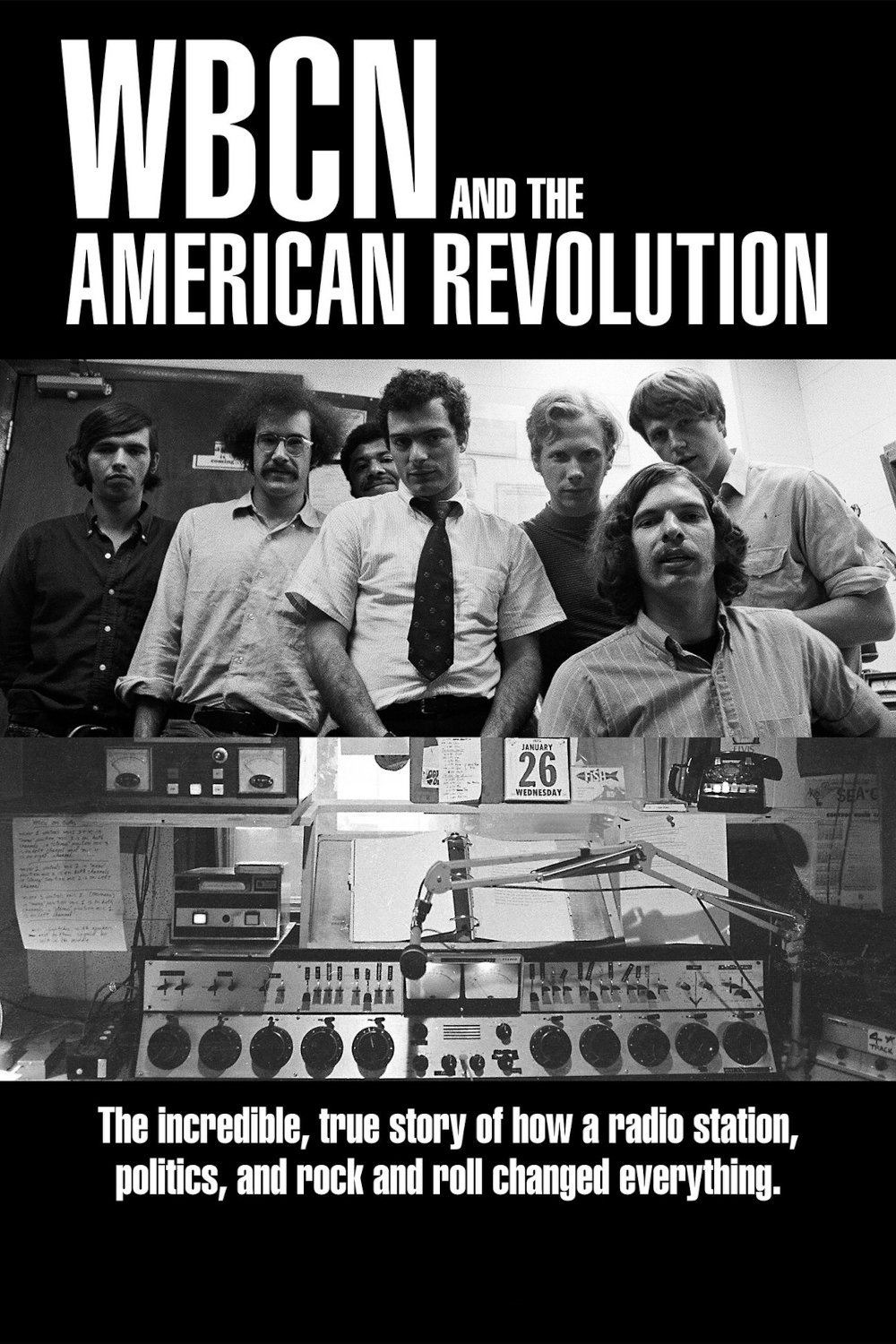
The amazing untold story of the radical underground radio station WBCN-FM set against the profound social, political and cultural changes of the late-1960s and early-70s, using the actual sights, sounds and stories of those who connected through the station, exploding music and countercultural scenes, militant anti-war and civil rights protests and emerging women’s and LGBTQ-liberation movements.
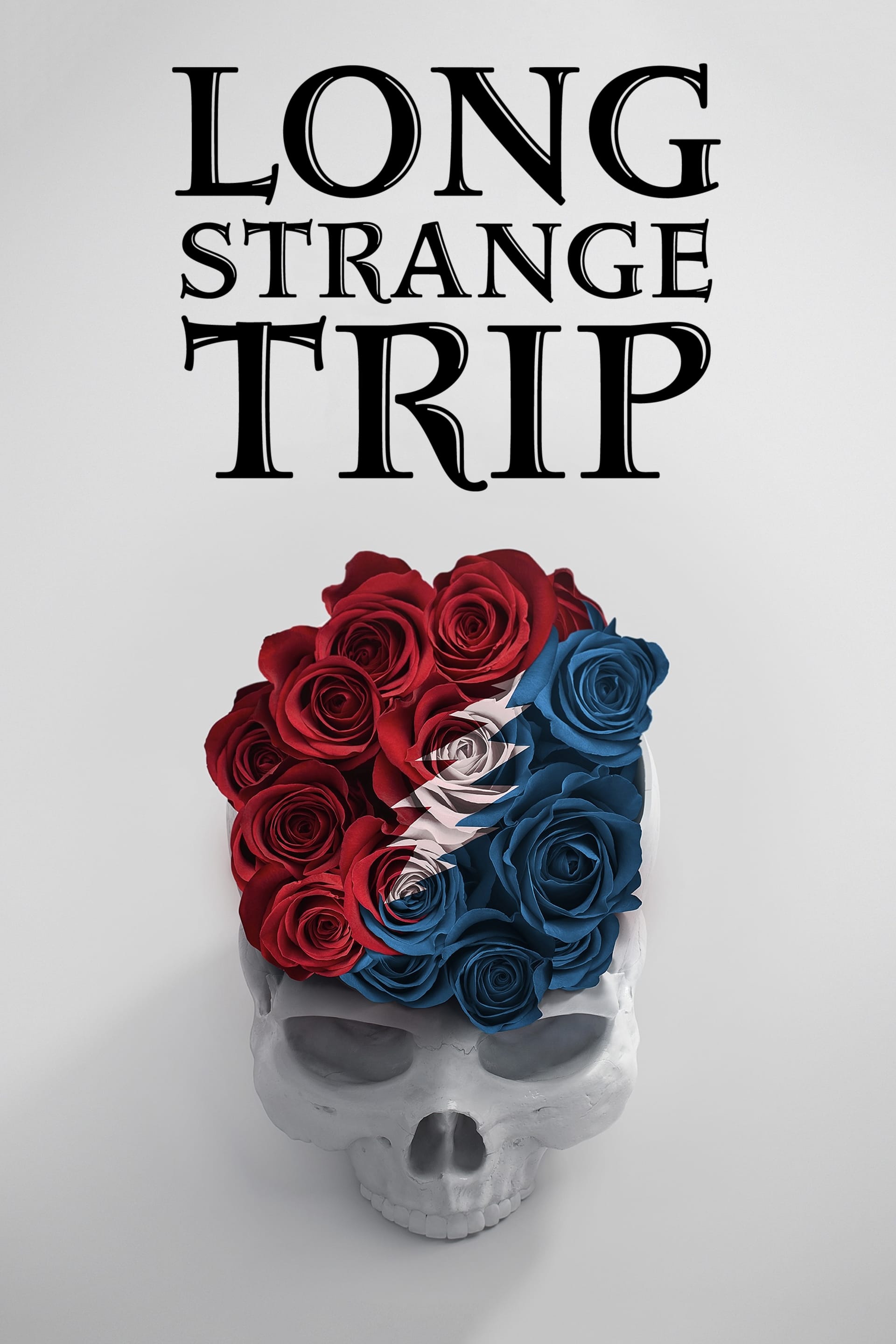
The long and unique tale of The Grateful Dead.The tale of the Grateful Dead is inspiring, complicated, and downright messy. A tribe of contrarians, they made art out of open-ended chaos and inadvertently achieved success on their own terms. Never-before-seen footage and interviews offer this unprecedented and unvarnished look at the life of the Dead.

The tale of the Grateful Dead is inspiring, complicated, and downright messy. A tribe of contrarians, they made art out of open-ended chaos and inadvertently achieved success on their own terms. Never-before-seen footage and interviews offer this unprecedented and unvarnished look at the life of the Dead.
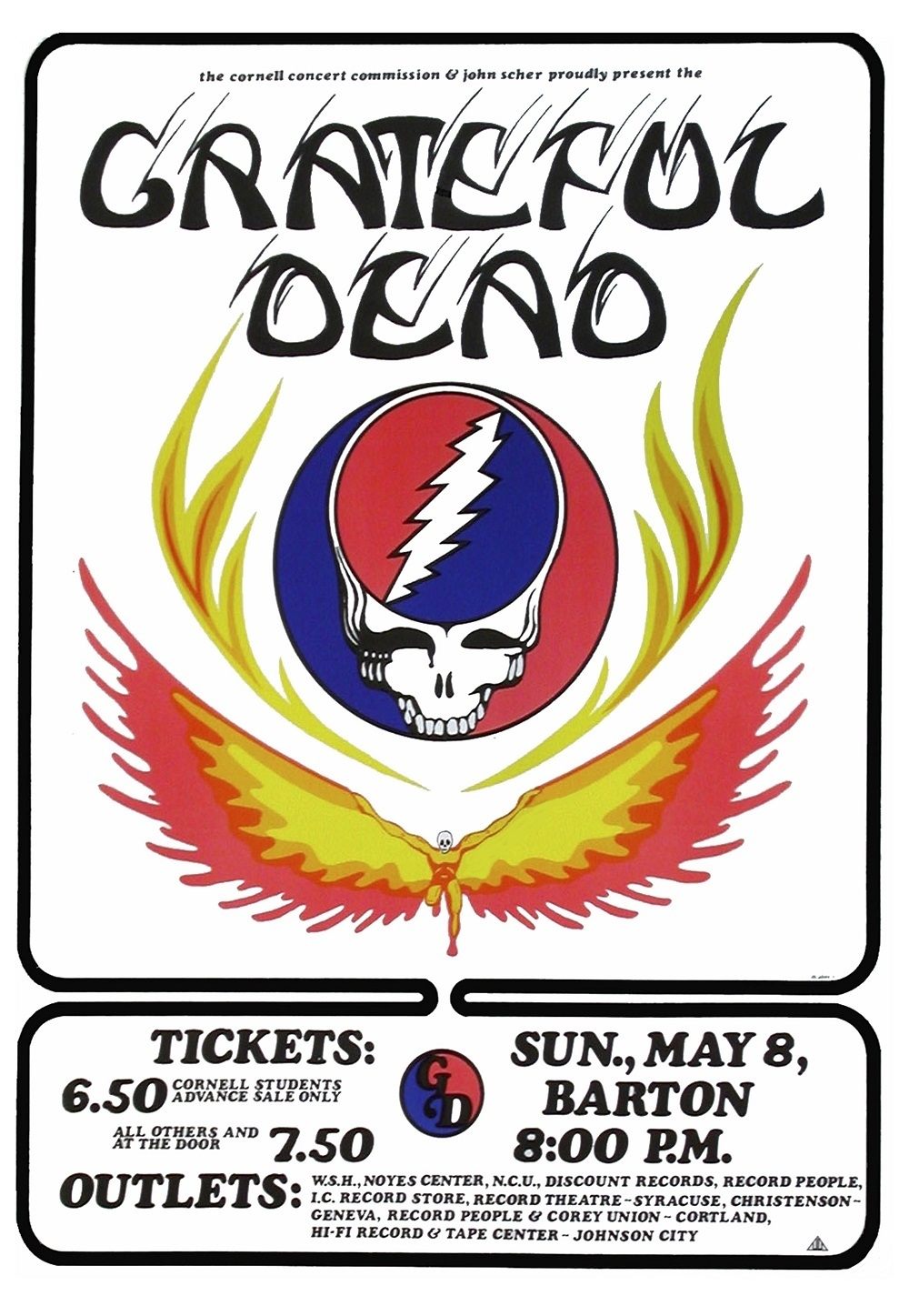
A short documentary about the Grateful Dead's legendary May 8, 1977 show at Barton Hall at Cornell University.
Jerome John "Jerry" Garcia (August 1, 1942 – August 9, 1995) was an American musician best known for his lead guitar work, singing and songwriting with the band the Grateful Dead. Though he vehemently disavowed the role, Garcia was viewed by many as the leader or "spokesman" of the group. As one of its founders, Garcia performed with the Grateful Dead for their entire three-decade career (1965–1995). Garcia also founded and participated in a variety of side projects, including the Saunders-Garcia Band (with longtime friend Merl Saunders), Jerry Garcia Band, Old and in the Way, the Garcia/Grisman acoustic duo, Legion of Mary, and the New Riders of the Purple Sage (which Garcia co-founded with John Dawson and David Nelson). He also released several solo albums, and contributed to a number of albums by other artists over the years as a session musician. He was well known by many for his distinctive guitar playing and was ranked 13th in Rolling Stone's "100 Greatest Guitarists of All Time" cover story. Later in life, Garcia was sometimes ill because of his unstable weight, and in 1986 went into a diabetic coma that nearly cost him his life. Although his overall health improved somewhat after that, he also struggled with heroin addiction, and was staying in a California drug rehabilitation facility when he died of a heart attack in August 1995. Description above from the Wikipedia article Jerry Garcia, licensed under CC-BY-SA,full list of contributors on Wikipedia.